Believe it or not, having a few white garden slugs around can actually do your garden some good — and bad when there are too many!
A few white garden slugs are tiny composting machines, breaking down organic stuff, providing snacks for other critters, and maybe even packing some medicinal benefits.
However, too many white garden slugs can spell trouble for your greenery with plant munching, slug multiplication, and just generally messing up your garden’s appearance.
White slugs in your garden might seem like an odd sight, but they’re not a separate species. Instead, they’re regular slugs that cover themselves in a white coating when disturbed or threatened.
So, if you’re curious about these enigmatic albino slugs, buckle up — we’re diving into the juicy deets!
What are white garden slugs?
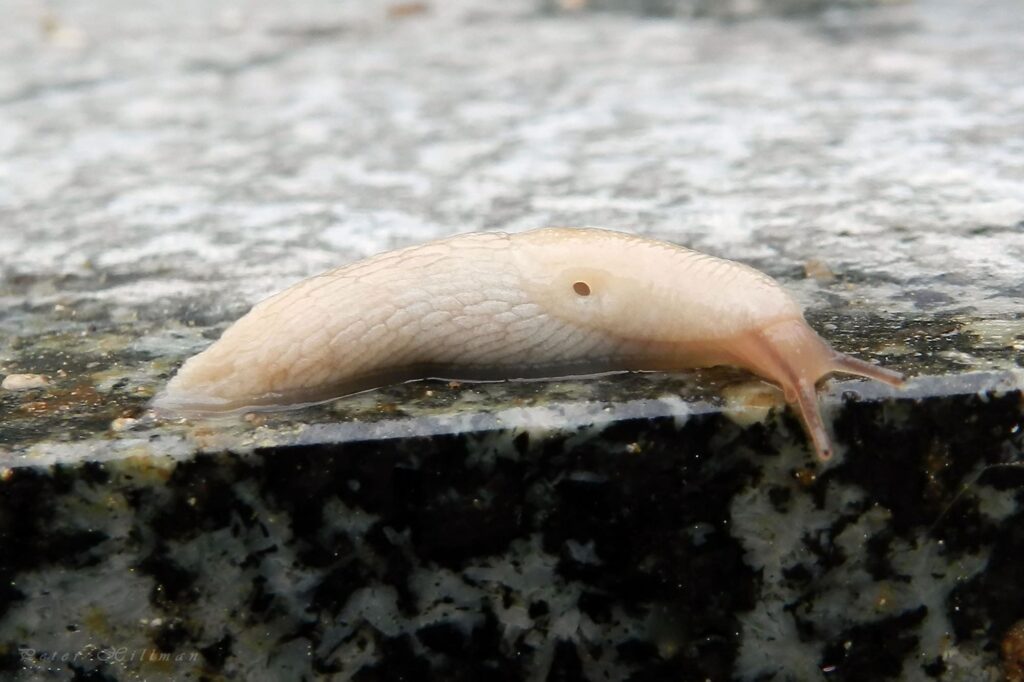
Image by Nature Journeys – WordPress.com
White garden slugs are shell-less mollusks that dwell on land, resembling snails but without the protective shell.
While slugs and snails are common in gardens, they are often viewed as pests due to their potential for causing significant damage.
The Gray Netted slug (Deroceras reticulatum) is the James Bond of slugs. When danger lurks, it doesn’t just run for cover; it unleashes its secret weapon: a slick, milky-white mucus that’s earned it the nickname “white slug.”
This slimy defense move sets it apart from the slug crowd. In fact, among the sea of over 80,000 gastropods worldwide, only three other slug species boast this slick trick.
These garden slugs sometimes get mistaken for insect larvae, like June bugs or beetles, or even other slug species rocking lighter shades.
From round-back sluggers to greenhouse gliders, tree travelers to dusky dancers, there’s a whole lineup of look-alikes trying to steal the spotlight.
Pro Tip:
Just remember that most garden slugs come in colors like black, brown, yellow, light gray, and even speckled.
Pros of Having White Slugs in Your Garden
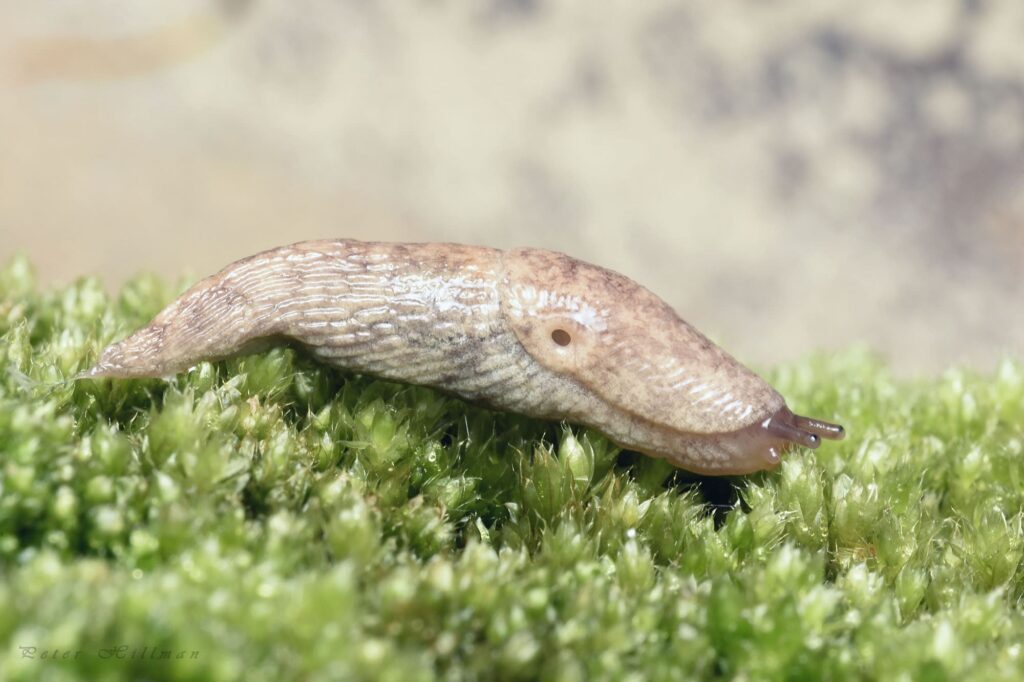
Having some white slugs in your garden can actually be beneficial. Think of them as nature’s little recyclers, gobbling up organic waste and giving your soil a boost.
And it’s not just your garden they’re helping out — they’re like the fast-food joint for birds and hedgehogs, plus their slime might just have some secret medicinal skin powers.
So, next time you spot these slimy sidekicks, you might wanna give them a nod of appreciation!
Composting
Those white slugs you’ve been eyeing are actually nature’s recycling team! They munch through garden debris, enriching your soil and promoting airflow for healthier roots.
Plus, they’re like bouncers, keeping pesky insects in check.
Balancing the Food Web
As part of the ecosystem, slugs serve as both predators and prey, contributing to the balance of the food web in your garden. Believe it or not, those pale slugs are like the garden’s own superhero squad.
They attract a gang of predators like rove beetles, fireflies, ground beetles, and even ducks, all ready to chow down on other pests. Plus, they’re the VIP pass for starlings, who swoop in to save your plants from pesky crawlers.
Who knew these ghostly critters had such a big role to play?
Medicinal Advantage
Despite their slimy appearance, white slug mucus holds medicinal benefits. Slug slime isn’t just gross — it’s also a hidden treasure trove of skincare wonders!
Scientists have uncovered glycolic acid, allantoin, elastin, osteopontin, and natural peptides in slug mucus, all working wonders for your skin. Plus, it’s a germ-fighting powerhouse, taking on measles and Methicillin-resistant Staphylococcus aureus.
Cons of Having White Slugs in Your Garden
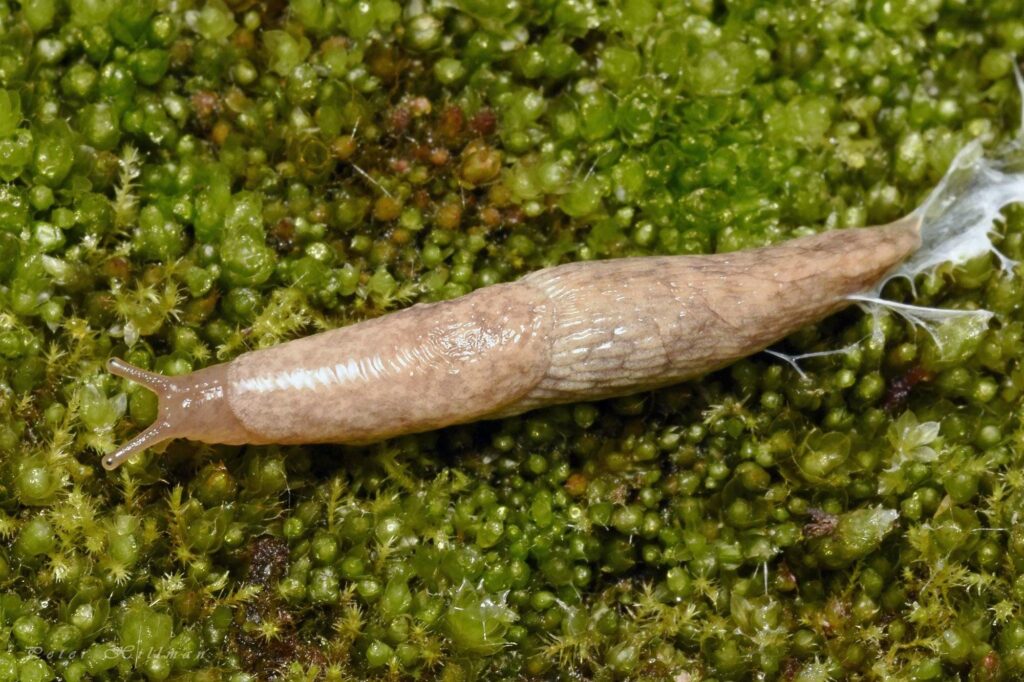
Now, if you let those slugs run wild, they’re not just gonna sit there in their slime. Nope, they’ll go to town on your precious plants, breed like there’s no tomorrow, and turn your garden into a slug convention.
Let’s break it down, shall we?
Damage to Fruits and/or Vegetables
White slugs pack a hefty appetite, gobbling up to double their weight. When they overrun your garden, expect serious damage. Their nibbles turn your prized produce into bland mush, leaving ugly scars on leaves!
These sneaky slugs target the tastiest bits, making a buffet of your plants. From tobacco to lettuce, they feast until your garden’s stripped bare — and you wouldn’t want that, would you?
White Slug Overpopulation
Managing a few slugs in the garden is relatively straightforward, but dealing with a larger population can be challenging. Each slug cranks out around 40 eggs and can lay up to 500 a year!
Plus, they’re hermaphrodites, meaning they can self-fertilize, making population control a real head-scratcher. And those sneaky slug eggs?
They’re like hidden treasure, stashed in soil, under wood, or wherever it’s damp. Good luck trying to find and zap ’em!
Unappealing Shiny Slime Mucus
So, you’ve got slug trails cramping your garden’s style? Not cool, you slimy scum!
Scrubbing away with baking soda, vinegar, or soapy water might do the trick, but it’s a real hassle. Time to roll up those sleeves and reclaim your turf!
How To Get Rid Of White Slugs
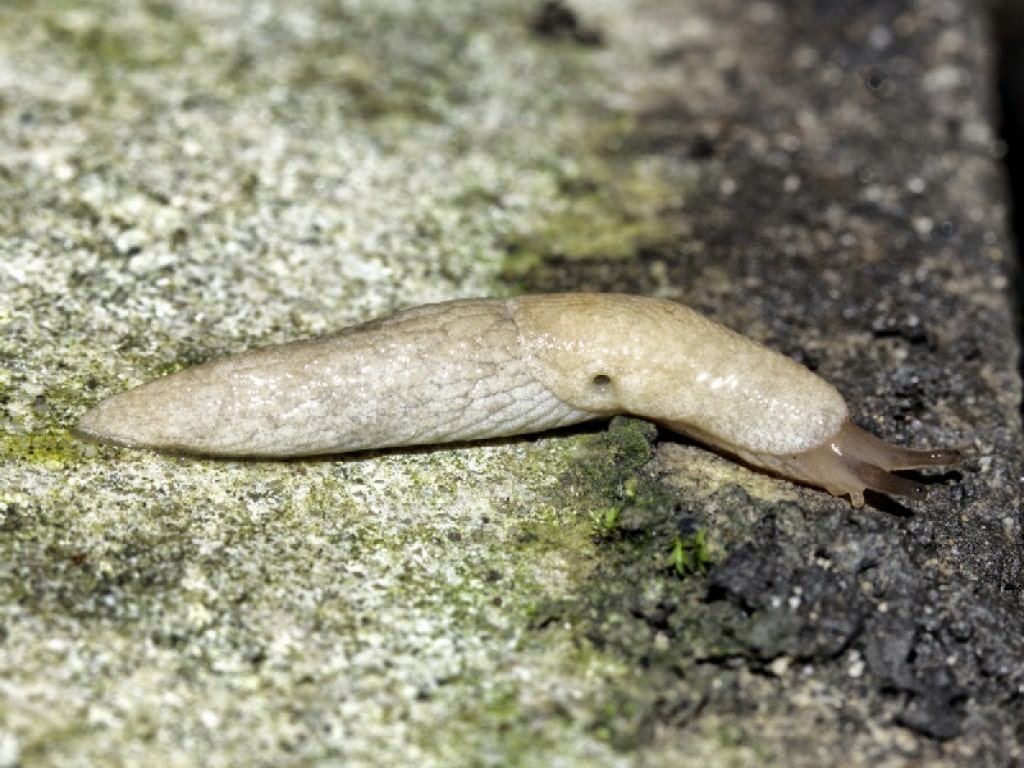
So, you’ve got a slug invasion in your garden, huh? Time to kick those slimy freeloaders to the curb!
It’s not just about saving your precious plants; let’s be real, nobody wants a slug party wrecking their garden’s vibe. We’ve got a whole arsenal of slug-fighting techniques, from the nice-guy methods to the more, shall we say, direct approaches.
Humane Methods
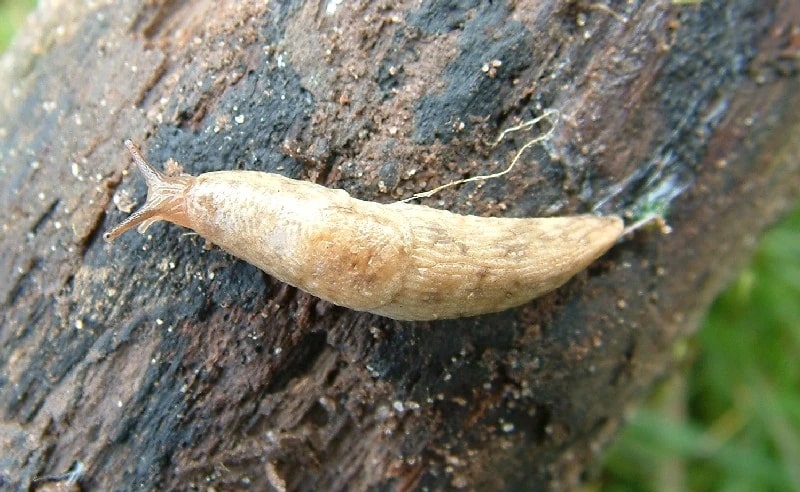
If you’re all about peace and harmony, even when it comes to pesky critters, fret not! There are plenty of methods at your disposal.
Just keep in mind: these solutions can vary from quick fixes to more long-lasting results, all while keeping things nice and humane.
Make Your Garden Unsuitable for Breeding
White slugs are all about that moisture life, so if you want to give them the cold shoulder, it’s time to dry things up in your garden.
Sweep away those fallen leaves, keep that soil stirred up, and say goodbye to those shady, damp hideouts where they like to lay their eggs.
Catch and Release the Slugs
Slugs love sugary food. Toss out some sugary treats like fruit to lure them away from your prized plants.
And if you’ve got a few too many slimy squatters, just scoop them up and relocate them to greener pastures. It’s a gentle way to keep their numbers in check without squishing any feelings.
Perform Nocturnal Slug Catching
Slugs are night owls, so grab your flashlight and go slug-hunting after dark. Shine that light around, spot those slimy critters, and evict them from your garden.
Just keep at it for a few nights, and you’ll start seeing those slug numbers dwindle.
Apply Fruit Traps
Try placing citrus rinds or melon slices around your garden. These irresistible treats lure slugs away, saving your plants from damage.
Wipe Out Slug Trails
Wipe out those slimy trails left behind by slugs to throw off their groove and mess with their love lives. This tactic leaves them scratching their heads (if they had any) and puts a speed bump in their path, making it harder for them to chomp away at your garden.
Use Herbs to Deter Slugs
Want to fend off slugs the natural way? Say hello to slug-repelling herbs like sage, mint, hyssop, chives, garlic, fennel, geraniums, and foxgloves.
These herbs emit odors that slugs detest, keeping them away from your plants. Just watch out for rhubarb leaves — they work too but contain toxins harmful to humans and pets. Plant wisely!
Direct Methods

So, if you’re the go-getter type who’s not about to let those pesky white slugs take over your garden, check out these savvy methods to show them who’s boss. From quick fixes to more lasting solutions, all without resorting to any harsh chemicals.
Manual Nocturnal Hunting
Are you ready for a nighttime slug hunt? Time to grab your torchlight and get ready to take matters into your own hands.
It might not be the friendliest approach, but it sure can do the trick in keeping those slimy critters in check, especially when they’re not too plentiful.
Bowl of Beer/Yeast Trapping
Set out a shallow dish brimming with fresh beer or another yeast-rich concoction. Those sneaky slugs can’t resist the scent and will belly-flop right into the trap, meeting their soggy fate.
It’s happy hour for slugs, but they won’t be crawling home after this party!
Non-Chemical Methods
Want to kick slugs to the curb without resorting to chemicals? You’ve got options!
Just make sure to pick what suits you and the planet, and watch out for any local rules. Let’s dive into eco-friendly slug solutions!
Use Salt or Boiling Water
Time to rid your garden of those slimy intruders with these slug-slaying tactics: sprinkle salt, pour boiling water, slice with a sharp tool, or double down with a salt attack. Handle with care — or not, your call!
Trap with Soapy Water
Drowning slugs in a solution of soapy water is another non-toxic method to control their numbers.
Add or Invite Natural Predators
You can tap into Mother Nature’s hit squad: enlist frogs, toads, glow worms, and nematodes to wage war on those slimy sluggers. These critters are the ultimate slug-busters, chomping down on them like it’s their favorite snack.
It’s the eco-friendly way to keep those slug numbers in check, letting nature do the dirty work for you.
Use Pots and Cloches
You can keep slugs away from your potted plants by using containers or tubs. Spray waterproof WD-40 around the base for extra protection.
And don’t forget about cloches — they’re like little shields for your plants!
Chemical Kill Options
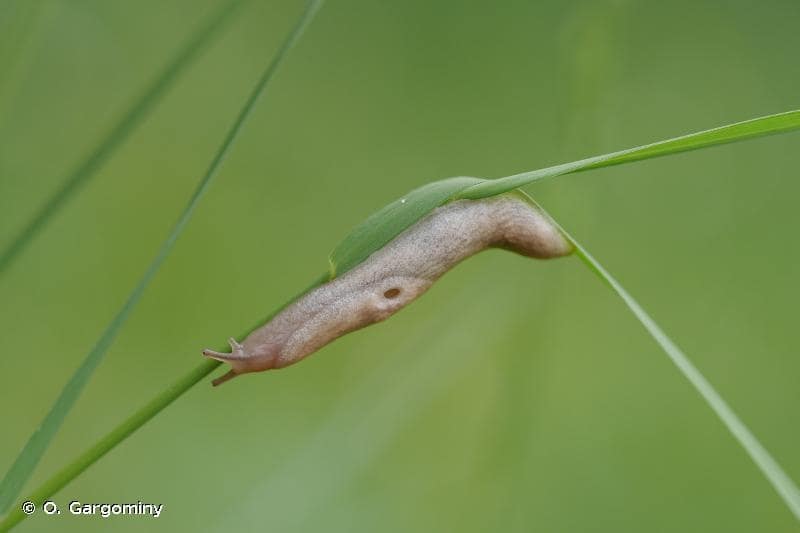
To tackle slugs and snails in your garden, molluscicides use unique chemicals, not like those for other pests.
Epsom Salt
Epsom salts: the slug’s worst nightmare. Just sprinkle on the soil to keep slugs and snails at bay while giving your plants a magnesium boost — one grain can be a slug’s demise!
Vinegar Spray
Just mix 1 cup of kitchen vinegar with 1/2 cup of water and spritz it on the ground after dark to spare your plant leaves. Easy peasy, lemon squeezy!
Garlic Spray
You just crush garlic, let it soak in water, then unleash the stink bomb on your plants after sundown. Sayonara, slugs and snails!
Ammonia Spray
Mix equal parts ammonia and water, spraying directly on slugs or their eggs. Bam! Problem solved.
Ferric Phosphate Pellets
Slugs snack on iron-loaded pellets, then kick the bucket 3 to 6 days later. Meanwhile, the soil gets a fancy iron boost.
Bye-bye, slugs — hello, enriched soil!
Metaldehyde Pellets
So, watch out for metaldehyde — it’s toxic to everyone from humans to pets to wildlife. People often use it to battle slugs, but it packs a dangerous punch.
Application differs, and it’s best to follow the direction of the product label. Usually, you’ll need apply up to 2 pounds of granules per acre.
Methiocarb Pellets
Slug pellets with methiocarb — they’re hardcore stomach poison that’s bad news for pets, birds, and critters alike. Generally, you need to spread 70 pellets per square meter around the plants to keep snails and slugs away.
Nitrogen Spray
Here’s how to do it: Mix 30% urea nitrogen with water, in equal parts, and use 20 gallons per acre. Apply at night for the best results!





